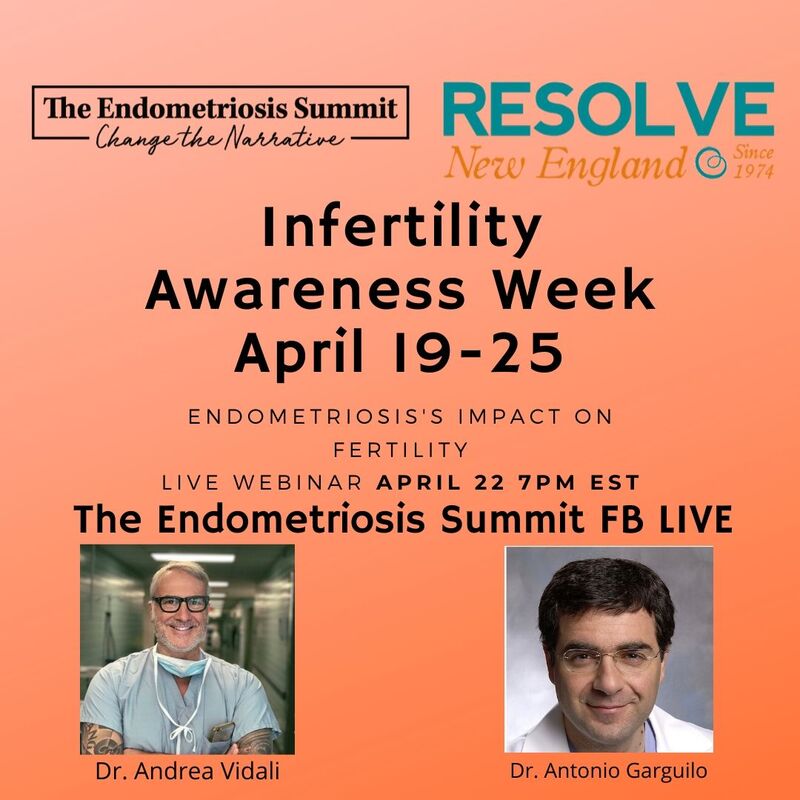
Director, SLUCare Center for Endometriosis
Director, SLUCare Restorative Fertility Clinic
Saint Louis University
www.nomoendo.com
IG: @ppyeungjrmd
Those of us who dedicate our time to treating endometriosis frequently discuss how to reduce the time from onset to diagnosis, which is estimated to average anywhere from 4 to 11 years.1-3 In addition to patients who have never been told about endometriosis, we also see patients who have been placed on hormonal suppression for years based on their probability of having the condition.
The classic hormonal suppression scenario looks like this: A young patient in her teens or early 20s has abnormally severe cramps. Her doctor recommends that she start taking hormonal suppression to feel better and keep the disease from progressing (despite the latter being unproven). The doctor advises the patient to stay on hormonal suppression until she wants to get pregnant. If she has trouble getting pregnant at that point, the doctor recommends ablation surgery and tells the patient she should try to get pregnant within 1 year after surgery. This frequently used timeframe, I believe, is based on the expectation of recurrence after ablation surgery as well as the general belief that “endo will always come back.”
Over time, hormonal suppression and eventual ablation surgery often combine to reduce patients’ quality of life and impair fertility. Rather than take this unfortunate approach, I often choose to perform surgery earlier in the disease process using CO2 laser excision (Lumenis UltraPulse Duo CO2) rather than ablation. For the vast majority of patients, surgery is one and done, patients do not need to spend years taking hormonal suppression, and they can get pregnant on their own schedules. Patients appreciate the many advantages of this approach:
- Earlier tissue diagnosis of endometriosis and sometimes cancer — Hormonal suppression is often prescribed based on the presumption of endometriosis, based on abnormally painful periods. Tissue diagnosis can only be made surgically. A histological approach also gives us an opportunity to identify pelvic malignancy. Cancer is not common in young patients—in 12 years and over 3,500 cases, I’ve seen 3 cases of pelvic cancer in endometriosis patients—but tissue diagnosis of endometriosis gives us a chance to catch it early.
- One effective surgery, not many ineffective ones — Surgeons expect recurrence of endometriosis after ablation, but the reality is that ablation only burns some surface cells. Nothing is removed from the body. The problem isn’t recurrent disease—it’s incomplete treatment. Complete ablation is impossible because it would be unsafe to completely ablate deep lesions or those located near the bowel, bladder, or ureters. With surgical excision of all the endometriosis, including deep lesions, atypical lesions, and lesions located on delicate structures, based on our data (where the recurrence rate after 2 years was zero), we expect a low rate of recurrence or persistence of the disease, which is why we advocate early surgery.
- Avoiding decades of hormone suppression — When hormone suppression does not improve a patient’s pain, they are often pushed to try other kinds of hormonal therapy, while surgery is avoided at all costs. It’s a disservice to the patient. The pain continues, along with all the side effects of medication. Many patients could potentially have laser excision surgery early, preserve fertility, and only take hormonal suppression if they choose to do so for birth control.
Hormonal suppression has a role in treating symptoms of endometriosis, but it shouldn’t be presented as a solution, just as surgery shouldn’t be presented as a last resort. Physicians who treat endometriosis are trying to educate others. I’m encouraged by the patient engagement as well, as they lead the charge to change the conversation around endometriosis and encourage others not to settle for any treatment that doesn’t improve symptoms and preserve fertility.
1. Soliman AM, Fuldeore M, Snabes MC. Factors Associated with Time to Endometriosis Diagnosis in the United States. J Womens Health (Larchmt). 2017 Jul;26(7):788-797.
2. Staal AHJ, van der Zanden M, Nap AW. Diagnostic Delay of Endometriosis in the Netherlands. Gynecol Obstet Invest. 2016;81(4):321-4.
3. Hudelist G, Fritzer N, Thomas A, et al. Diagnostic delay for endometriosis in Austria and Germany: causes and possible consequences. Hum Reprod. 2012 Dec;27(12):3412-6.
4. Donnelly L, Yeung P. Diagnostic Challenges in a Young Woman with Endometriosis: The Value of Excision. Journal of Endometriosis and Pelvic Pain. January 17, 2015.





